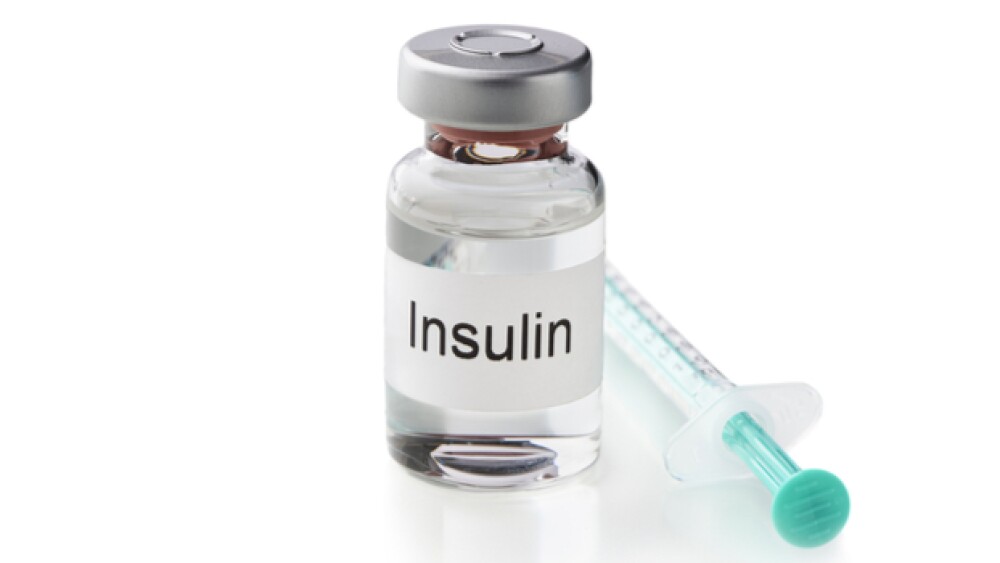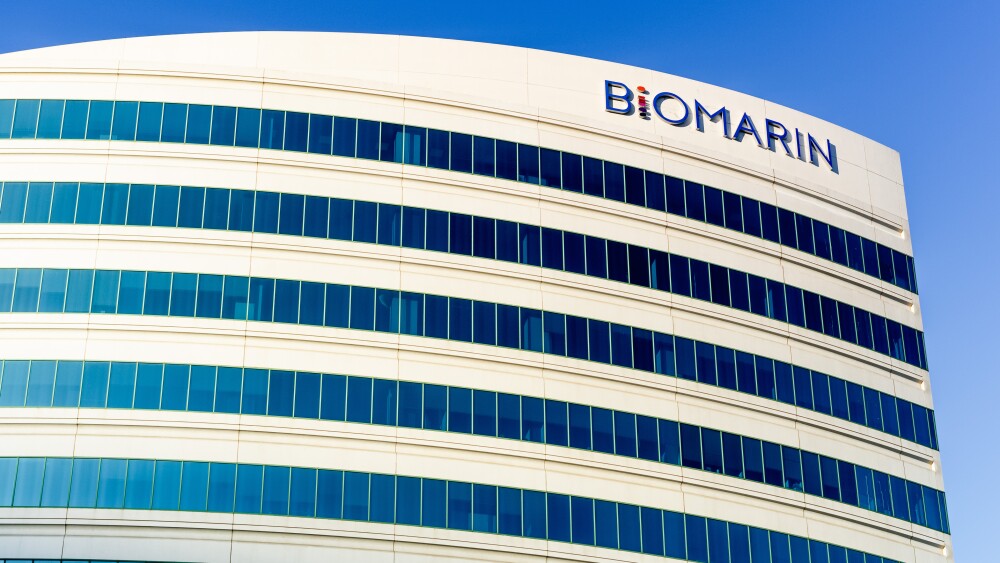In October, the Minnesota Attorney General filed a lawsuit against three of the biggest insulin manufacturers over price gouging claims. One month later the American Diabetes Association published recommendations and public policy solutions.
In October, Minnesota Attorney General Lori Swanson filed a lawsuit against three of the biggest insulin manufacturers over price gouging claims. In the lawsuit, Swanson said Eli Lilly, Sanofi and Novo Nordisk “deceptively raise the list price of insulin” and that the hikes have made the life-saving medication “less affordable.”
One month later, in November, the American Diabetes Association published recommendations and public policy solutions to address the problem of affordable insulin. The ADA’s call-to-action was based on data that showed the average price of insulin nearly tripled between 2002 and 2013. In 2017, the ADA said that diabetes, including both Type 1 and Type 2, was the most expensive chronic illness in the U.S. The disease has a total cost of more than $327 billion per year including $15 billion for insulin, the ADA said.
The argument from the advocacy group has additional weight this morning after a cost analysis for insulin was released by the nonprofit Health Care Cost Institute that showed the price of insulin doubled between 2012 and 2016. The HCCI analysis, as reported by Reuters, noted that an individual with Type 1 diabetes paid on average $2,864 for insulin in 2012. Four years later, in 2016, the annual average cost of insulin jumped to $5,705. Those average costs represent the combined amount paid by a patient and health plan provider for the insulin. It does not reflect any rebates that may have been paid later, Reuters said.
According to the HCCI report, from 2012 to 2016, the average price of insulin increased from 13 cents per unit to 25 cents per unit, Reuters said. For a patient using 60 units of insulin per day, an average amount, the daily cost of the medication rose from $7.80 in 2012 to $15 in 2016, Reuters reported.
The Minnesota AG lawsuit lays out some of the increased pricing of insulin. As an example, the cost of Novo Nordisk’s Levemir increased from $120.64 for 100 units/ml vial in 2012 to $293.75 in 2018, the lawsuit said. Likewise, the cost of Eli Lilly’s Humalog jumped from $122.60 for 100 units/ml vial in 2011 to $274.70 in 2017 and Sanofi-Aventis’ Lantus increased from 99.35 in 2010 when it first entered the market to $269.54 in 2018, the lawsuit said. So far this year, Sanofi has increased the prices on some insulin products between 4.4 percent and 5.2 percent, Reuters said. Novo Nordisk raised prices on some of its insulins by 4.9 percent, while Eli Lilly has not yet announced any price hikes on its insulin products for the year.
Both Sanofi and Novo Nordisk told Reuters that the majority of patients who are insulin dependent spend less than $50 per month on their insulin products. Indianapolis-based Eli Lilly did not respond to that news outlet’s request for comment.
The higher costs of insulin have caused many patients to begin to ration their insulin supply, which is dangerous to their health, the ADA said.
In its analysis, HCCI said the increase in insulin cost to patients was primarily driven by higher overall prices, as well as some patients being shifted toward more expensive insulin products. While the costs increased over that period of time it analyzed, average daily insulin use only rose 3 percent, Reuters said, citing the report.
The rising price of insulin has been a concern for diabetics and healthcare professionals for some time. The rising prices have sparked concern from members of Congress have launched inquiries into the pricing of the medication and in June, the American Medical Association urged the Federal Trade Commission and the Justice Department to monitor insulin pricing and market competition.





